PE Food Cling Film Production Process: Ensuring Quality and Safety
This article is designed to provide a detailed look at the PE food wrap production process, from raw material preparation until the final product is packaged and ready for distribution. Thereby, readers can better understand the steps to ensure the quality and safety of the products they regularly use in their kitchens.
PE Food Wrap Film, also known as PE Food Wrapping Film, plays an indispensable role in every family’s kitchen. It helps preserve foods, keeping them fresher and safer. With good adhesion and elasticity, PE wrap not only preserves the freshness of food but also helps limit oxidation when food is exposed to air.
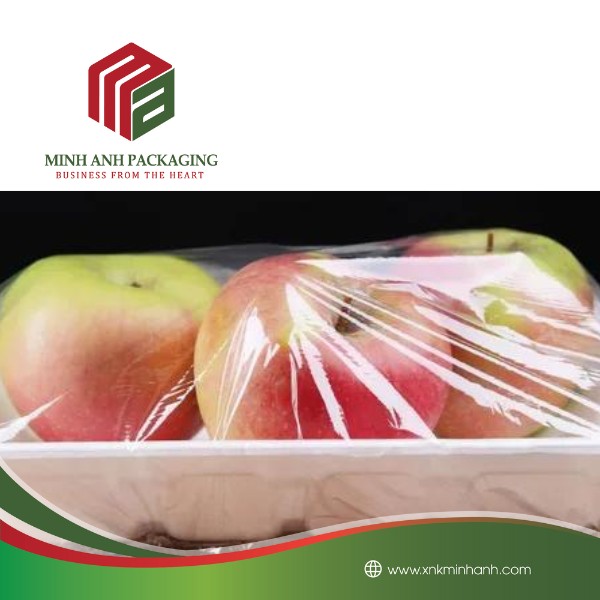
This article is designed to provide a detailed look at the PE food wrap production process, from raw material preparation until the final product is packaged and ready for distribution. Thereby, readers can better understand the steps to ensure the quality and safety of the products they regularly use in their kitchens.
Concept of PE Food Cling Film
PE Food Cling Film is a type of plastic film with unique properties, widely used in food preservation, with many outstanding advantages that help maintain the quality and freshness of food.
Definition
PE Food Cling Film is a type of food wrapping film made from polyethylene, a type of plastic that is safe for direct contact with food.
Outstanding features
- Adhesion and elasticity: This film has the ability to adhere well to food surfaces and kitchen utensils such as plates, bowls, or even plastic and glass surfaces, helping to securely wrap food. effective.
- Water and Gas Resistant: It prevents air and moisture from penetrating, helping to prevent oxidation and enhancing food freshness.
- Safe and environmentally friendly: Polyethylene is a safe, non-toxic plastic when in contact with food and can also be recycled, reducing its impact on the environment.
Necessary raw materials
The quality of PE Food Cling Film depends greatly on the raw materials used in the production process, with polyethylene being the main ingredient that creates the superior features of this product.
What is polyethylene?
- Material introduction: Polyethylene (PE) is a popular synthetic plastic, widely used in many everyday products, from food bottles to electronic device parts. For food wrapping films, polyethylene is chosen because of its safety in direct contact with food and its ability to be made into thin, flexible products.
Selection of high quality raw materials
- The importance of quality raw materials: Using high quality polyethylene not only helps enhance the properties of the wrapping film but also ensures safety for consumers’ health. Choosing good raw materials also contributes to minimizing production risks and improving product quality management efficiency.
- Origin and raw material standards: Polyethylene raw materials are imported from reputable suppliers, ensuring compliance with international standards on safety and environmental protection. These standards include provisions for freedom from toxic chemicals and product recyclability.
Impact of raw materials on product quality
- Preservation and durability: High quality raw materials help the wrapper have the ability to preserve food better, while also extending the shelf life of food when stored in appropriate conditions.
- Safety: Food wrap made from high-quality polyethylene does not contain BPA (Bisphenol A) and is not harmful to health, this increases reliability and peace of mind for consumers when using the product.
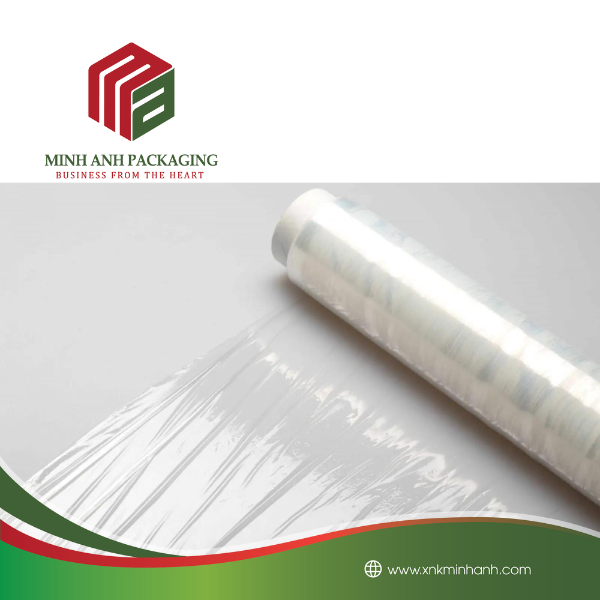
Production process of PE Food Cling Film
The production process of PE Food Cling Film is a series of highly technical and meticulous steps, requiring absolute precision at each stage to ensure product quality and safety.
Start the process
- Raw material preparation: First, polyethylene is tested for quality and purity to ensure there are no impurities. This helps prevent any problems in later stages of production.
- Raw material treatment: Raw materials are melted at high temperature to achieve the necessary viscosity for extrusion.
Extrusion process
- Extrusion of plastic film: The melted material is passed through an extruder, where it is forced through an extrusion die to form a thin film.
- Adjusting film properties: Film thickness and width can be adjusted depending on product requirements, by changing the settings on the extruder.
Cool and stretch
- Film cooling: Plastic film after extrusion will be cooled quickly through cooling rolls, helping the film stabilize its shape and structure.
- Stretching: After cooling, the film is stretched through multiple drawing rolls to enhance elasticity and durability. This helps the film easily adhere to the food surface.
Cut and pack
- Cut to size: Plastic film is cut into rolls or sheets according to predetermined sizes, in accordance with market requirements or specific orders.
- Packaging: Food wrap rolls are carefully packaged in boxes or bags to ensure they are well preserved during shipping and retailing.
Quality control and standardization
- Periodic testing: Periodic quality testing is conducted to ensure the wrap meets standards for adhesion, durability and food safety.
- Recording and tracking: All information about the production process is carefully recorded to support analysis and continuous improvement in the production process.
Ensuring safety and environmental protection
- Use environmentally friendly materials: Ensure that the polyethylene used is not only safe for consumers but also environmentally friendly, contributing to global environmental protection efforts.
- Recycling and waste treatment: Recycling film and waste treatment during production is an important part of environmental responsibility, helping to minimize the impact on the ecosystem.
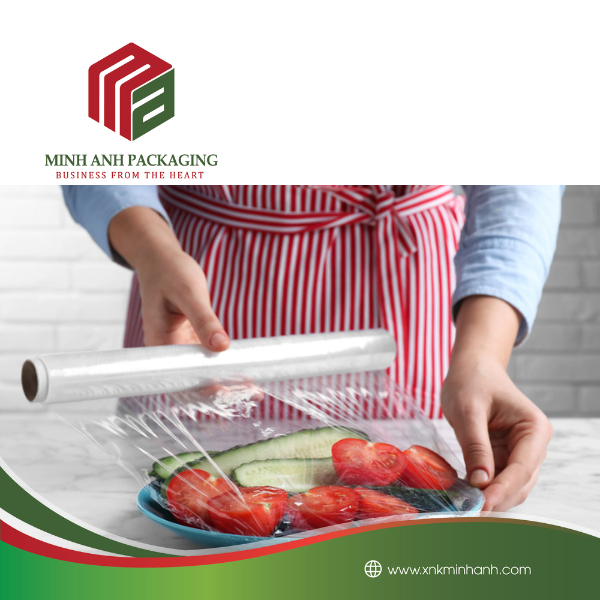
Quality control in PE Food Cling Film production
Quality control is an essential part of the PE Food Cling Film manufacturing process, ensuring the final product meets all safety and quality standards required for food preservation.
Evaluate input materials
- Raw material inspection: Before use, polyethylene raw materials must undergo strict testing to ensure there are no errors or impurities. This includes tests on the chemical and physical properties of the plastic.
- Accept or reject poor quality materials: Any batches of materials that do not meet standards will not be used in production, to avoid problems with final product quality.
Inspection process in production
- Continuous inspection during production: Engineers and quality personnel will closely monitor and periodically inspect plastic film throughout the production process to ensure that every stage, from extrusion to stretching, all meet technical requirements.
- Use of modern technology: Automated testing machines and equipment are used to measure the thickness and uniformity of the wraps, ensuring that they conform to established specifications.
Ultimate quality control
- Final inspection before packaging: Once the wrap has been completed, a series of final checks are carried out before the wrap is packaged, including testing the mechanical performance and durability of the film. This ensures that the food wrap is not only safe but also effective in preserving food.
- Packaging and labeling: After inspection, qualified products will be carefully packaged and labeled with complete information, ready for distribution.
Ensure compliance with standards
- Compliance with international standards: All products must strictly comply with international standards on food safety and environmental protection, ensuring that the product is not only safe for consumers but also contributes to environmental protection.
- Quality certification: Products that meet standards will be granted a quality certificate, demonstrating the manufacturer’s commitment to providing products of the highest quality.
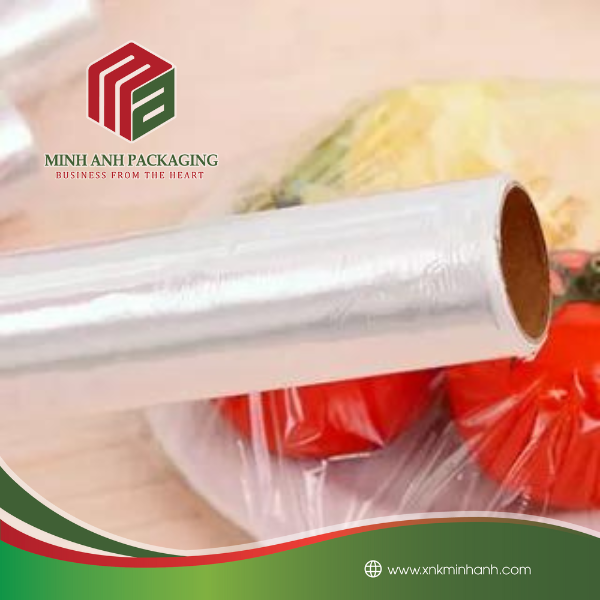
Hãy là người đầu tiên nhận xét “PE Food Cling Film Production Process: Ensuring Quality and Safety” Hủy
Sản phẩm tương tự
Tin Tức Bao Bì
Tin Tức Bao Bì
Tin Tức Bao Bì
Tin Tức Bao Bì
Tin Tức Bao Bì

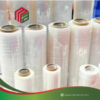
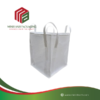











Đánh giá
Chưa có đánh giá nào.